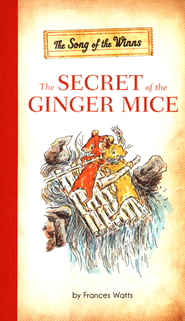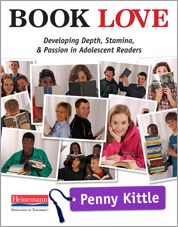My son and I tried out the free, limited version of Marble Math Multiplication on the iPad. Here is one example of an app that functions better on the smaller screen, in my opinion. Given that the math skills game works mostly via the twisting of the device to move the marble to the right answer in a maze, the larger iPad seemed to be more of a pain in the neck than an optimized playing experience. We’d twist the iPad to put the marble in play, and then lose sight of the play. (You may feel different, and there is an option to use your finger to “guide” the marble instead of tilting the device, but really … what kid will choose that?) An earlier version of Marble Math on our iPod Touch was easier to play, since the Touch is there in the palm of your hand at all times.
The free iPad app is a taste of the larger Marble Math app (two versions — one for younger kids and one for older kids). The larger app has more options for creating avatars and choosing the math operations that will be featured, which is handy. While the concept of the app is clever enough — you have to solve a math problem and then move the marble through a maze to the right answer, avoiding various obstacles along the way — the arcade-style app loses its flavor after a while. In this situation, the app really is more of a skill re-enforcer than a game that keeps kids coming back for more and more. The developer certainly tried to bring in elements to make it more engaging — the ability to redo a level that you do wrong, a scoreboard, levels of increasing difficulty, etc.
What I did notice with my 8 year old son, however, is that he gave up on solving the math problems and instead, began moving the marble randomly around the screen, hoping to bump into the right answer and purposely hitting the obstacles. When he failed at that a few times, he quit the app altogether. In the classroom, you’d be wise to set up some system for kids making progress, I suppose. In the end, Marble Math is one of a growing stream of skill-related apps that are a notch above worksheets, but will not likely keep all kids busy for long stretches of time. For parents, it is a game that can help reinforce some basic math concepts.
Peace (in the app),
Kevin





